Gpixel has just introduced its new GCINE product family, which is a “state-of-the-art HDR image sensors commercially available for high-end video and photography”. The first sensor in the family is BSI (backside-illuminated) titled GCINE4349, which is capable of 8K resolution at 120 fps, and 4K resolution at 240 fps. Read more about those new CINE sensors that aim for high-end cinematography applications.
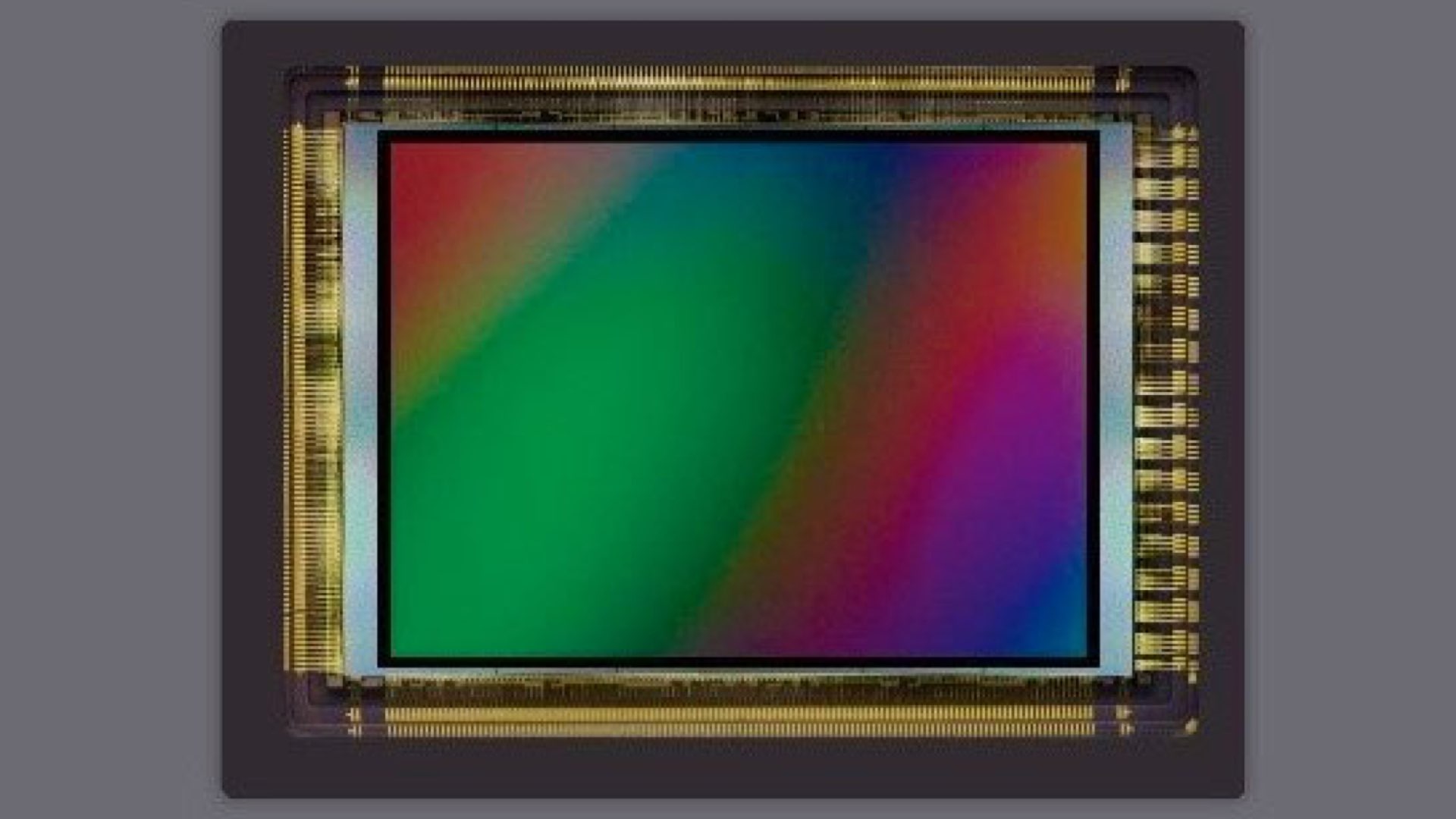
Gpixel CINE sensors family
According to Gpixel, the GCINE (Gpixel + CINE) family is Gpixel’s newest flagship product family of truly innovative products for cinematography, drones, production imaging, and other video applications, utilizing backside illumination to achieve high sensitivity and exceptional dynamic range. Thus, Gpixel which is knowns for its industrial sensors has decided to enter the cinematography market a well. The first BSI CINE sensor is GCINE4349, and its performances are pretty solid. Read on.

GCINE4349: 8K, 120FPS
The GCINE4349 is the first product in the new GCINE series based on BSI stacked image sensor technology for high-end imagery purposes (=cinema applications). The GCINE4349 is an 8k video HDR full-frame (35.2 x 25.8 mm) stacked BSI image sensor designed with large 4.3 μm pixels. Several read-out modes are supported to read out 8k or binned 4k video resolution combined with dual gain HDR modes as well as a DSC mode targeting still photography. The stacked BSI architectures allow high data rates to achieve up to 120 fps 8k or even 240 fps 4k video resolution. The usage of BSI image sensors is being implemented more and more on high-end cameras. For instance, check out the article we wrote about the new high-speed phantom camera: Phantom TMX: The First Ultra High-Speed Cameras With BSI Sensor.
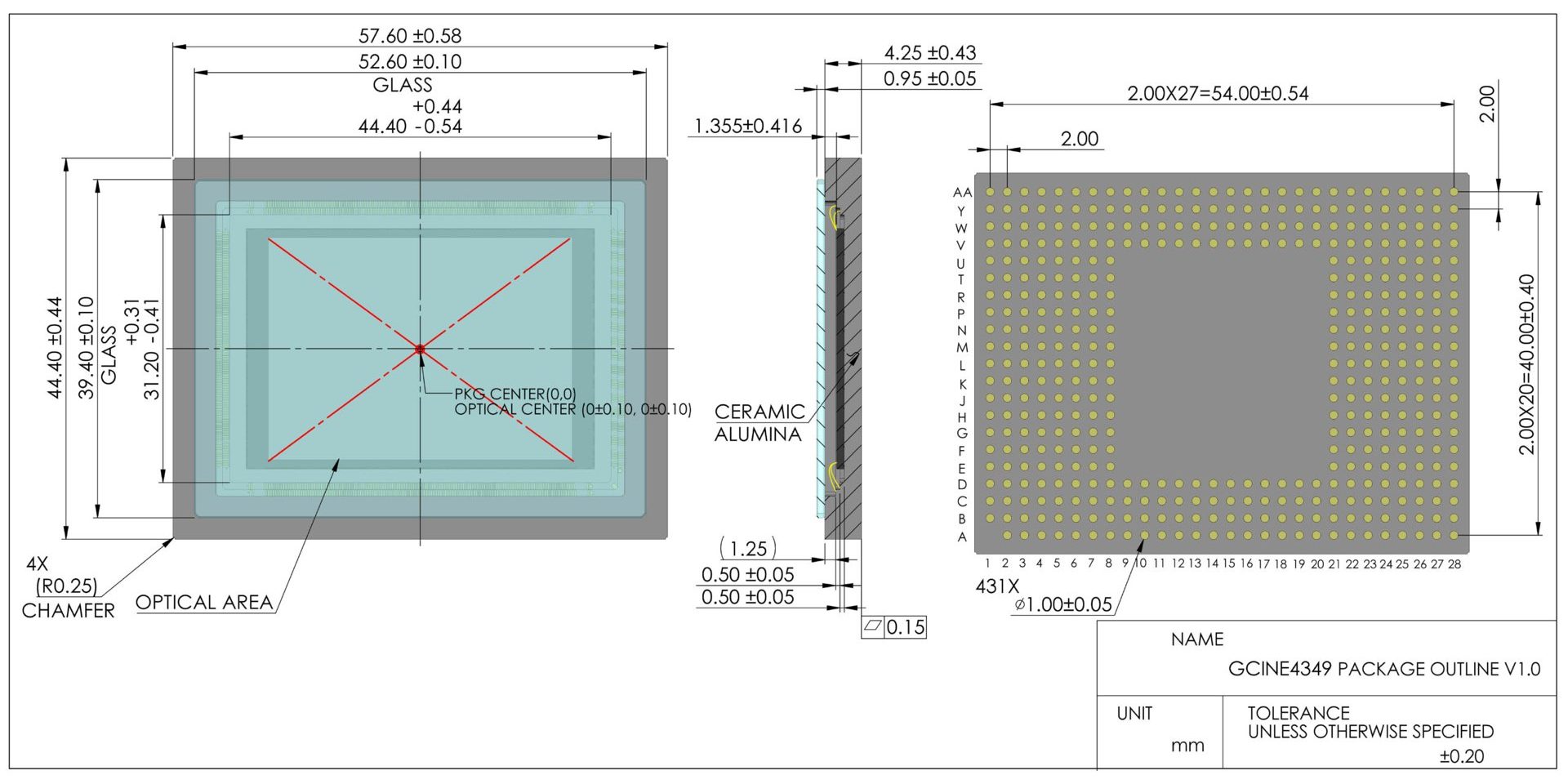
Design
Now for the nerdy stuff: The GCINE4349 is developed using a 2-wafer level stacked BSI architecture. The top layer consists of a BSI pixel array with 49M 4.3 um pixels achieving a maximum QE of up to 75% at 525 nm. The bottom digital CMOS layer consists of an array of core cells each including 16-bit ADC blocks and SRAM memory blocks which are used to sum and store up to 4 subsequent sub-frames with seamless exposure, enabling an in-pixel full well charge of up to 160k e- for a dynamic range of 80 dB.
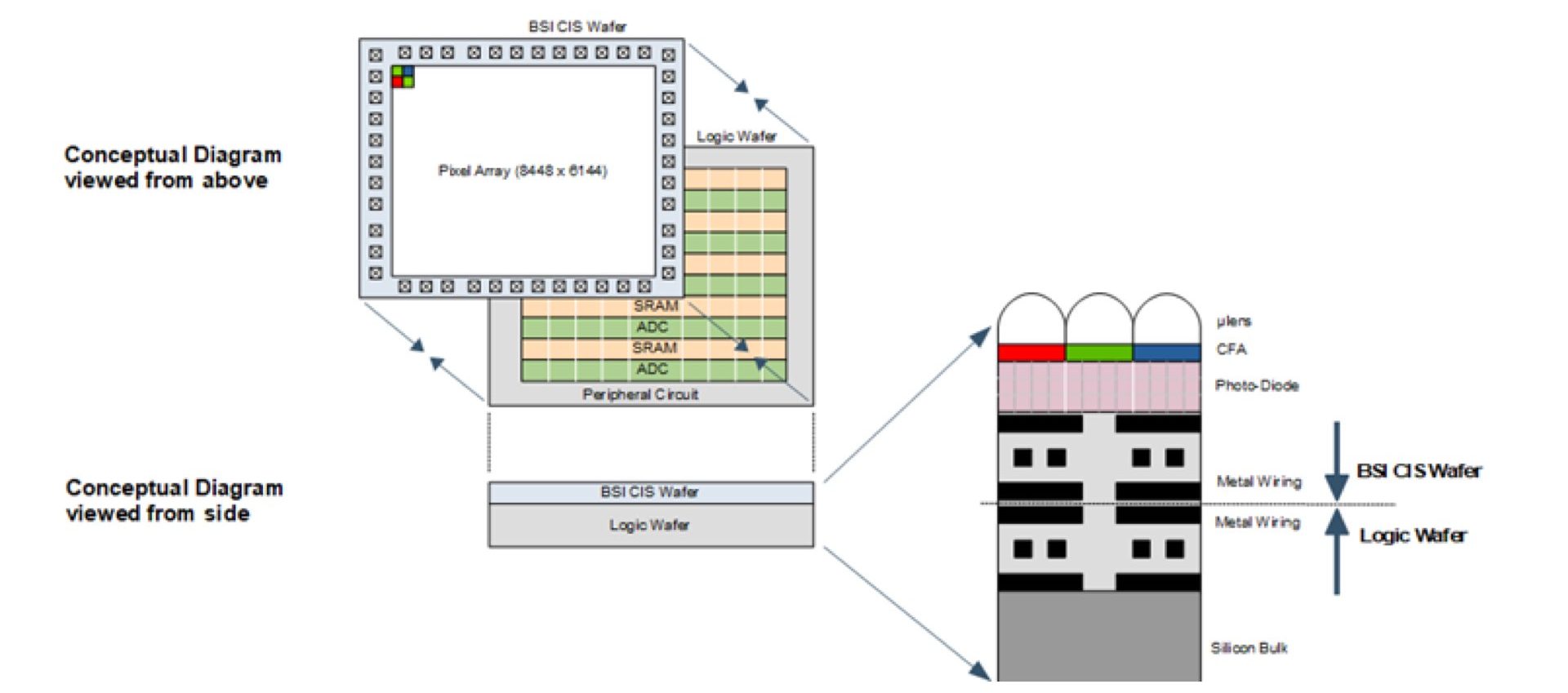
High dynamic range
The GCINE4349 architecture also supports two additional HDR modes. Firstly, a proprietary Variable Slope High Dynamic Range method achieving an exceptionally high 110 dB of Dynamic Range. Secondly, a classic dual gain readout achieved up to 87 dB of Dynamic Range. An additional DSC (Digital Still Camera) mode can be enabled for low noise readout down to 1.7 e- and dedicated shutter control for DSC operation.

GCINE4349 basic specs:
- Resolution (H x V pixels): 8192(H) x 6000(V)
- Pixel size (μm): 4.3 μm × 4.3 μm
- Optical format (mm/inches): Full frame (35 mm format)
- Frame rate (fps full resolution): 120fps @ 8K; 240fps @ 4K
- Shutter type: Rolling & DSLR Shutter
For more specifications, explore the slide below:
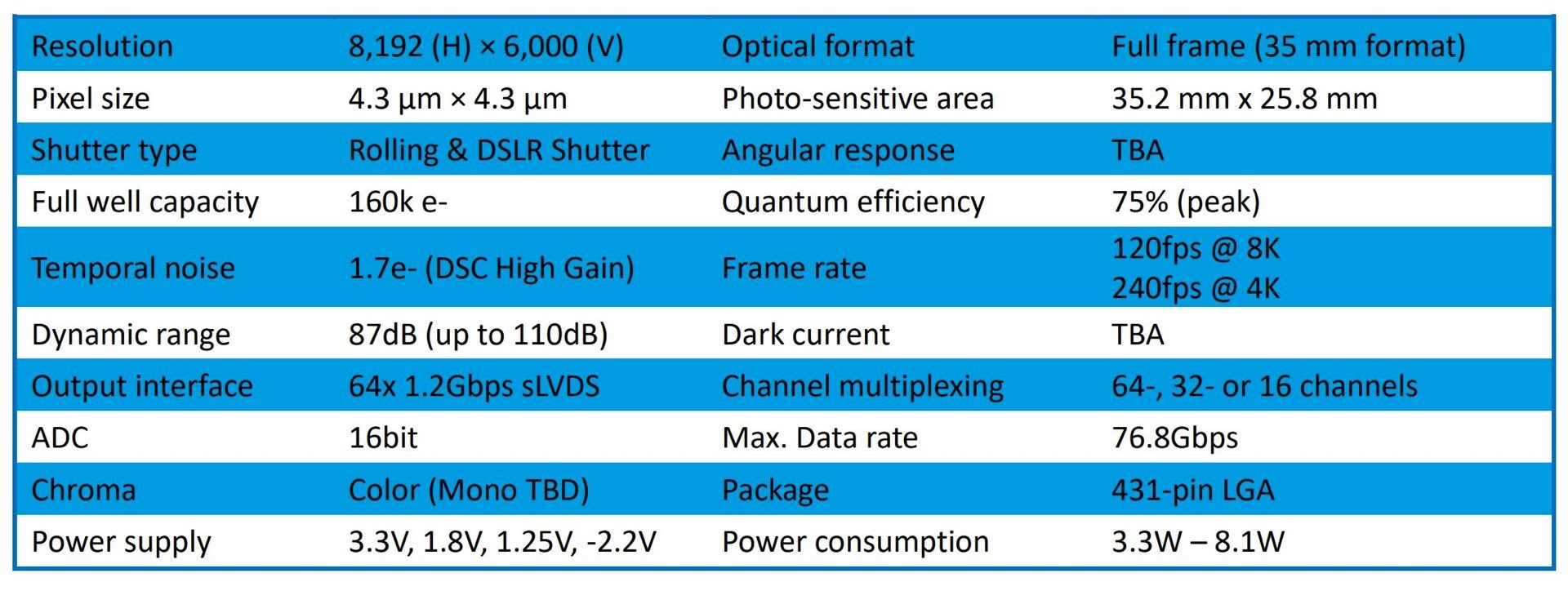
Price and availability
Purchase orders of prototype sample and evaluation board can be placed on the Gpixel website starting Q1 2022 and shipment will start Q2 2022. There’s no info regarding the pricing of the GCINE4349.
Final thoughts
Glad to see a sensor company that specializes in industrial sensors, getting into designing and manufacturing high-end image sensors that can be utilized in cinema applications. The best reference for this is the ONSEMI ALEV III sensors that are being used by ARRI ALEXA cameras. Therefore, it will be interesting to reveal what camera manufacturers implement the Gpixel CINE sensors.

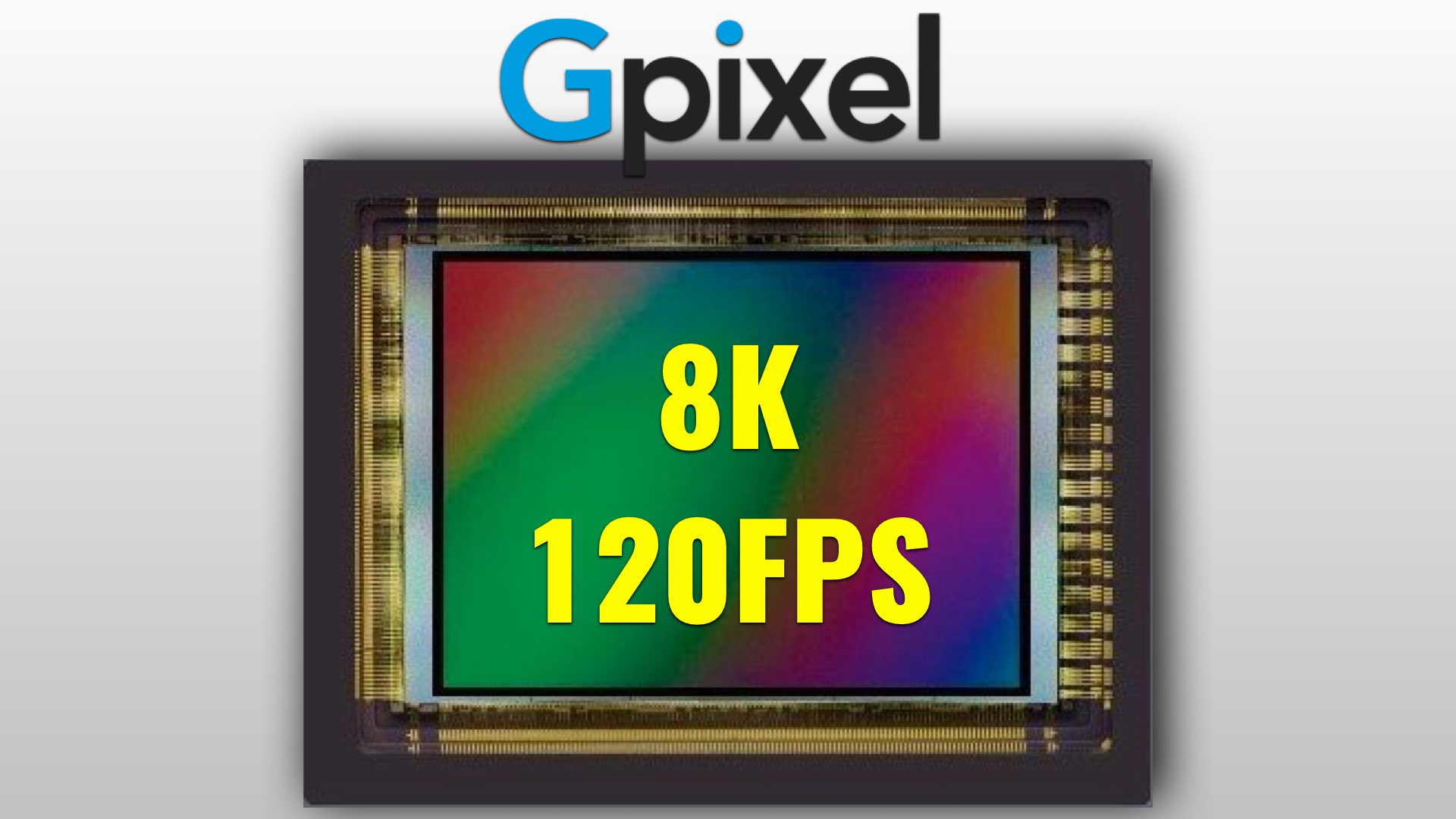

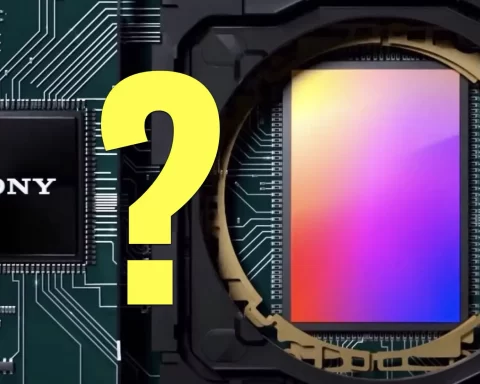
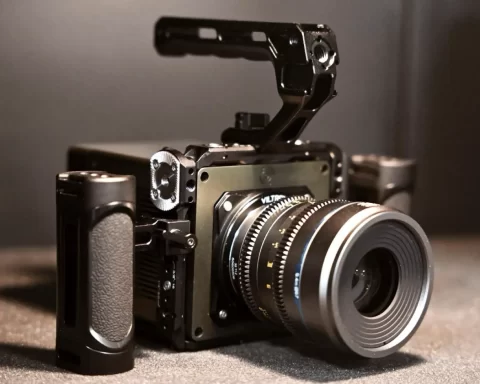
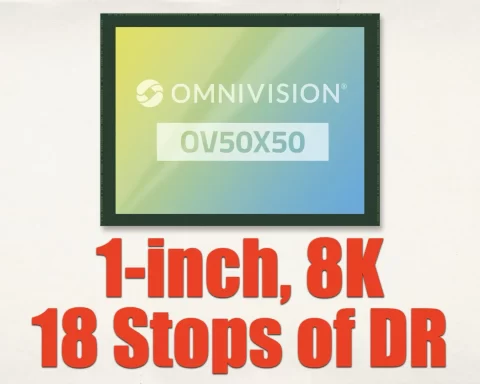
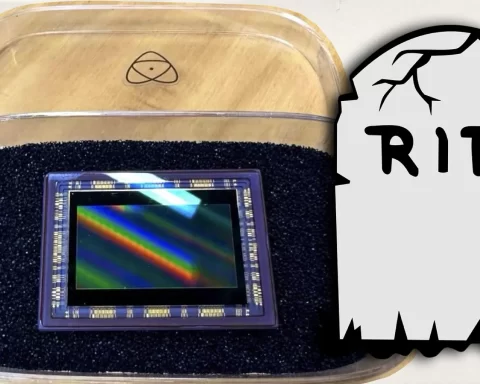
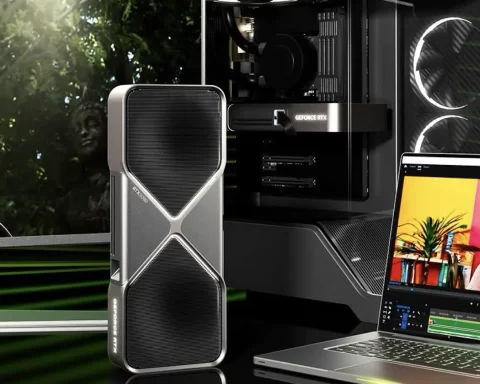

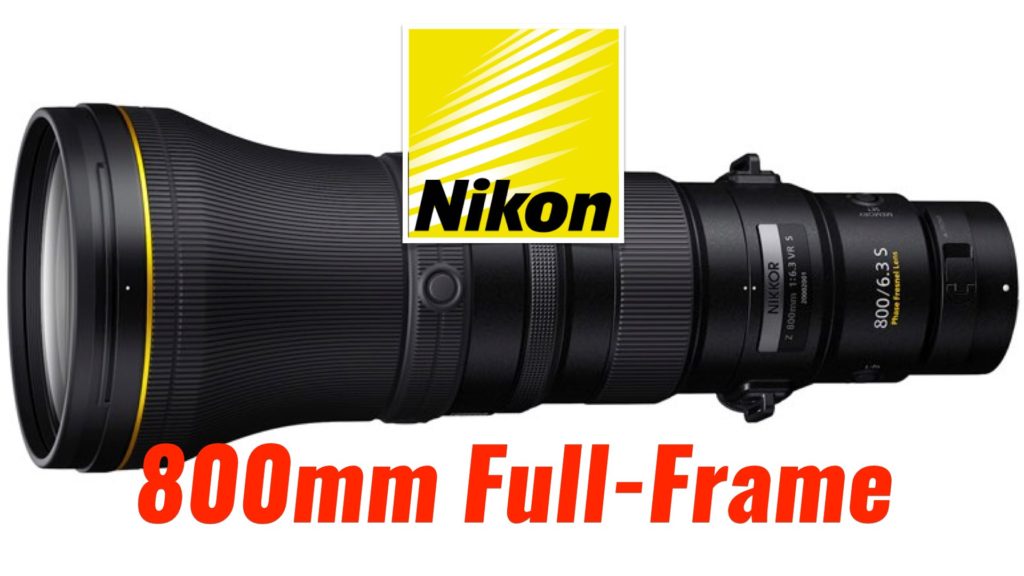
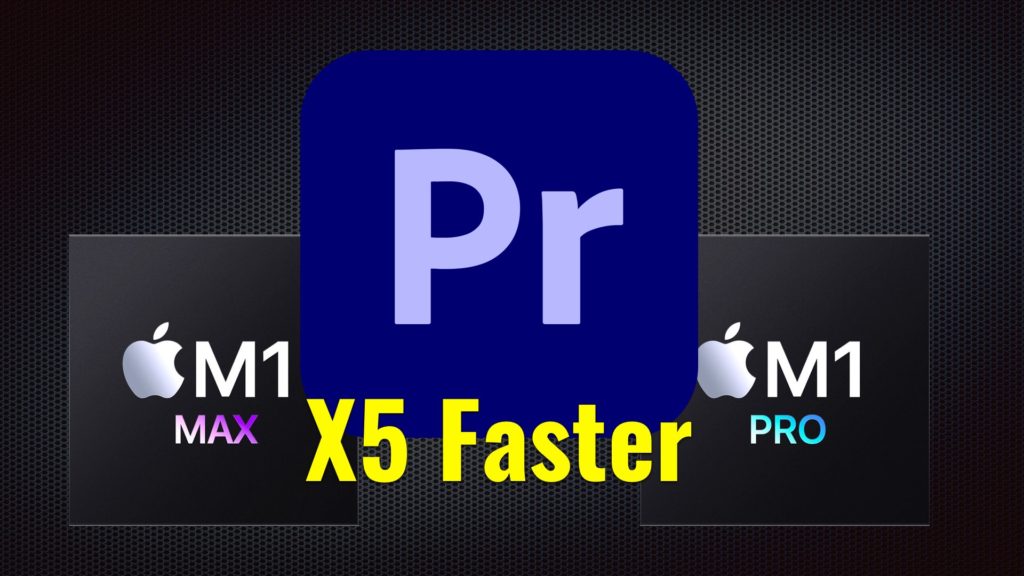







How is the “Variable Slope High Dynamic Range method” achieved, and what are its disadvantages? In other words, why would one use the dual-gain HDR mode, which is “limited” to a DR of 87 dB, when the other HDR mode is supposedly capable of 110 dB?